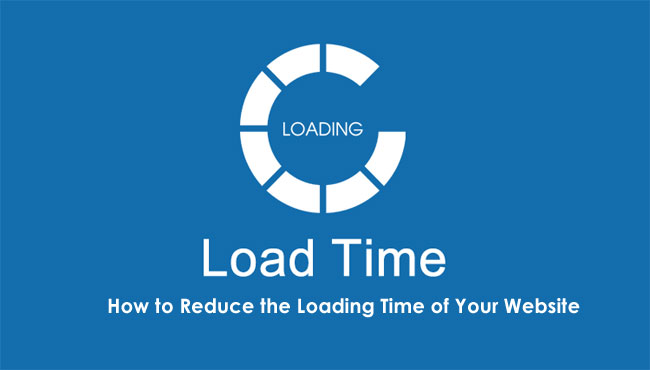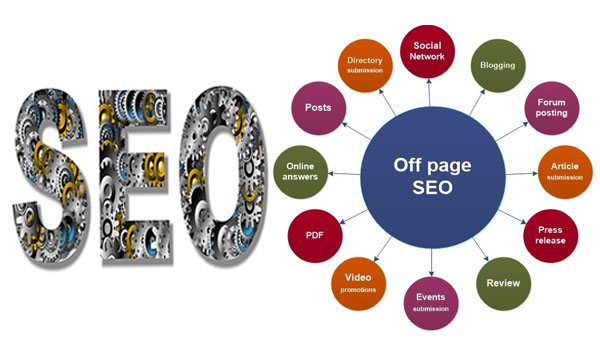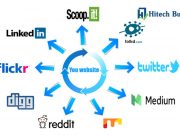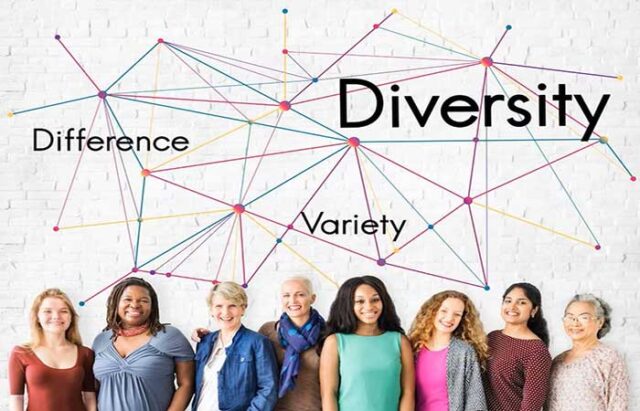In today’s rapidly evolving digital landscape, it has become undeniable that sociographics are truly a game changer. While demographics alone offer insights into the characteristics of a population, it is sociographic that delves deeper into understanding the complex interplay between individuals and society at large. From uncovering hidden motivations and behaviors to revealing powerful trends and patterns, sociographic provides a holistic view that can transform marketing strategies, societal norms, and policies. In this article, we will explore the untapped potential of sociographics and how it has emerged as the unseen game changer in our increasingly interconnected world.
Deciphering the Social Media Demographics
In the ever-expanding realm of social media, deciphering the demographics of its users has become an essential tool for businesses and marketers. Traditionally, demographics alone would provide some insight into the characteristics of a population, but it is social media demographics that truly uncovers the dynamic relationship between individuals and society as a whole. By understanding sociographic, businesses can gain deeper insights into consumer motivations and behaviors, enabling them to tailor their marketing strategies to specific audiences. Sociographic can also have a broader impact on societal norms and policies, as the knowledge gained can help shape and influence public opinion.
Sociographics provides a holistic view of social media users, revealing powerful patterns and trends that can drive marketing decisions. By analyzing sociographic data, businesses can gain a deeper understanding of their target audience, including their interests, preferences, and affinities. This information can be invaluable in crafting targeted and effective marketing campaigns that resonate with specific consumer groups. Furthermore, understanding sociographic can also help identify emerging trends and shifts in consumer behavior, enabling businesses to adapt and stay ahead of the curve.
Beyond its marketing implications, sociographics can also profoundly impact society. By uncovering hidden motivations and behaviors, sociographic can shed light on societal issues and contribute to developing more effective policies and programs. For instance, sociographic data can help identify at-risk populations and guide allocating resources and support. It can also provide insights into public opinions and attitudes, assisting governments and organizations in understanding and addressing societal concerns. Overall, sociographic represents a game-changing tool in social media, potentially transforming marketing strategies and contributing to positive societal change.
Aligning Your Marketing Strategy with Demographics
To effectively reach and connect with your target audience, aligning your marketing strategy with demographics is crucial. Demographics refers to the statistical data that categorizes individuals based on age, gender, income, education level, and geographic location. By understanding the demographics of your target market, you can tailor your marketing efforts to appeal to their specific needs, preferences, and interests.
However, more than simply relying on demographics alone is needed to truly understand and connect with your audience. This is where sociographics come into play. Sociographics dive deeper into the complex dynamics between individuals and society. By analyzing sociographic data, you can gain insights into hidden motivations, behaviors, and attitudes, which can further refine your marketing strategy.
By aligning your marketing strategy with sociographics, you can uncover powerful trends and patterns that inform your decision-making process. This holistic view lets you go beyond surface-level demographic information and understand the psychological and sociological factors influencing consumer behavior. By tapping into the untapped potential of sociographics, you can transform your marketing strategies, societal norms, and policies, ultimately leading to more effective and impactful marketing campaigns.
Unveiling Best Practices for Audience Targeting
Understanding sociographics is proving to be a game changer in audience targeting. While demographics provide surface-level data on a population, sociographics dive deeper into the intricate relationship between individuals and society. Sociographics go beyond simple classifications and uncover hidden motivations, behaviors, and influential trends. Integrating sociographics into marketing strategies gives businesses a holistic view of their target audience, allowing for more effective and impactful campaigns. Additionally, the power of sociographics extends beyond marketing and can influence societal norms and policies, making it a crucial tool for shaping the future.
Sociographics offers a multitude of benefits in audience targeting. Marketers can uncover the underlying factors that drive consumer behavior by analyzing the complex interplay between individuals and society. This deeper understanding allows businesses to create more personalized and relevant messaging that resonates with their target audience. By tapping into sociographics, marketers can uncover powerful trends and patterns that shape marketing strategies and influence societal norms. This comprehensive approach improves marketing effectiveness and opens opportunities to drive social change and align marketing efforts with broader societal goals.
To fully harness the potential of sociographics, businesses need to integrate it into their audience targeting strategies. By adopting sociographics, marketers can gain a competitive advantage by understanding their audience deeper. This helps craft compelling content, identify new market segments, and develop innovative products and services. As digital technology evolves, embracing sociographics becomes increasingly important to stay ahead in the dynamic landscape of audience targeting and marketing.


































